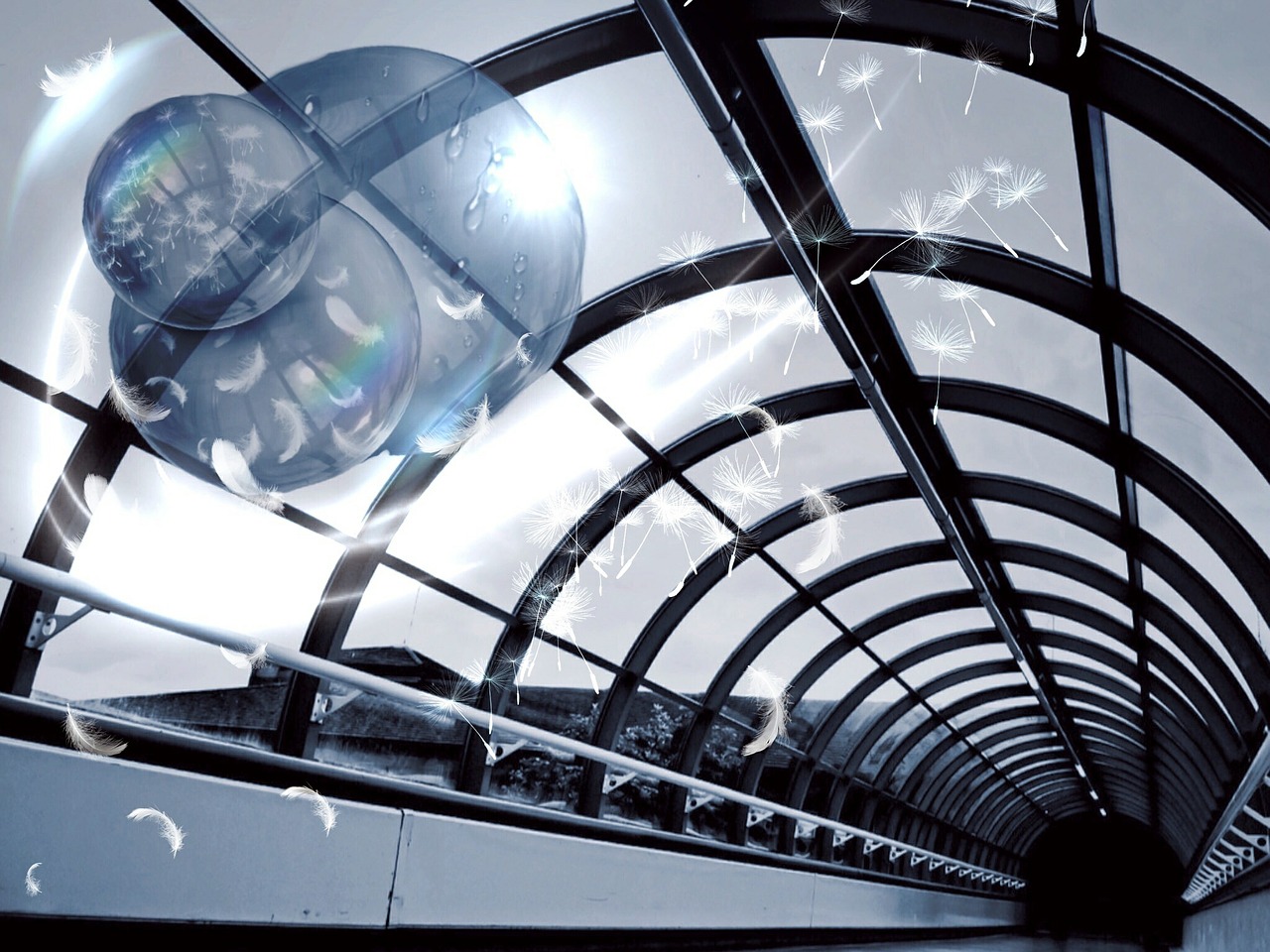Importance of Creativity in the Workplace

Not just writers and painters may be creative. Forbes says that in order to thrive in business, one must also be innovative. Innovation and imagination are your allies whether you need to create an interesting résumé, think creatively about how to promote an event, or change careers.
The advantages of creativity in work
1. Problem-solving is encouraged by creativity.
Whether you work in retail or as an entrepreneur, problem-solving is one of the most crucial components of any career. The issue may be as straightforward as quelling a customer’s ire or as challenging as raising money for a company. It is irrelevant. Everything calls for problem-solving.
2. Creativity reduces tension.
You think more clearly when you’re not under pressure. A good career that motivates you to work overtime and a healthy lifestyle both include reducing stress.
3. Innovation comes from creativity.
The light bulb and the automobile would not exist without innovation. Imagination and a belief in the fantastical assist inventors generate new ideas and advance civilization, despite the fact that creativity is sometimes viewed as frivolous or useless.
4. Creativity helps you concentrate.
Focus is a necessary and scarce resource in our media-saturated environment. The average person has an attention span of eight seconds, according to a Microsoft research. If you extend your focus and concentration, you will be more productive than most workers.
5. Creativity promotes group cooperation.
The pursuit of creativity unites individuals. Building and fostering relationships with coworkers promotes improved teamwork and collaboration.
6. Being creative improves your CV.
Employers are more likely to take notice of your resume if you include a section describing how your original thinking led to a successful event, more clients, or higher revenue. For any company, having innovative problem-solvers is essential.
Reasons Why You Should Value Creativity
In the midst of the epidemic, innovation is more crucial than ever as organizations pivot and come up with solutions for unforeseen setbacks. You should cultivate and use your imagination if you want to maintain your value as an employee. The benefits of having a brilliant imagination are limitless, and I promise that being unique and imaginative will make your profession more satisfying.


